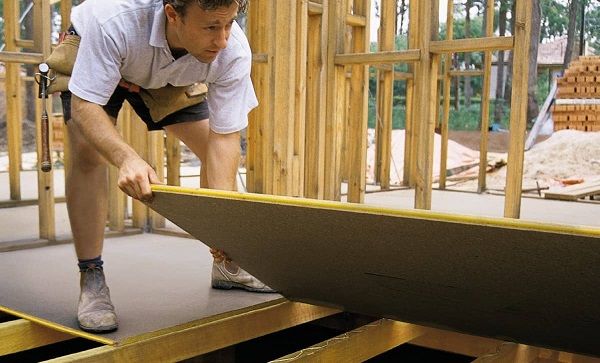The process of demolition, while essential in urban development and reconstruction, carries significant risks. Ensuring safety during demolition operations is not just a regulatory requirement but a moral imperative to protect workers and the public. This article delves into the critical aspects of demolition safety, highlighting best practices and innovative strategies to maintain a secure work environment.
Understanding the Risks: A detailed overview of the inherent risks in demolition work, including structural instabilities, exposure to hazardous materials, and potential for accidents due to falling debris.
Regulatory Framework: An exploration of the legal requirements and industry standards governing demolition work. This section emphasizes the importance of compliance with Occupational Safety and Health Administration (OSHA) guidelines and local safety regulations.
Safety Planning and Risk Assessment: Discusses the importance of thorough planning and risk assessment before commencing demolition work. This includes surveying the site, identifying potential hazards, and formulating a detailed safety plan.
Use of Technology and Equipment: Highlights the role of modern technology and equipment in enhancing safety. This could include the use of drones for site surveying, advanced machinery for controlled demolition, and personal protective equipment for workers.
Training and Awareness: Focuses on the need for proper training and awareness among workers. Regular training sessions, safety drills, and workshops can significantly reduce the risk of accidents.
Emergency Preparedness: Discusses strategies for emergency response and preparedness. This section would cover the importance of having a clear evacuation plan, first aid facilities, and rapid response mechanisms in place.
In the realm of demolition, where the stakes are high and the risks ever-present, embracing a culture of safety is not just a choice, but a necessity that defines the industry's integrity and future. This article has journeyed through the multifaceted aspects of demolition safety, from recognizing risks to implementing state-of-the-art safety measures. We've explored the critical importance of stringent regulatory compliance, the non-negotiable need for comprehensive safety planning and risk assessment, and the undeniable benefits of harnessing advanced technology and equipment. Above all, we've emphasized the irreplaceable value of continuous training and awareness and the pivotal role of being prepared for emergencies.
It's vital to remember that safety in demolition is a dynamic, ongoing process. It demands vigilance, dedication, and an unwavering commitment from every individual involved, from the highest levels of management to the workers on the ground. It's about fostering an environment where safety is the heartbeat of every operation, every decision, and every action.
The true measure of success in demolition is not just found in the efficiency of tearing down structures, but in building an unshakable foundation of safety practices. It's about ensuring that every worker returns home safely at the end of the day and that the public remains protected from potential hazards. In this high-impact industry, let us not just aim to meet safety standards but to set new benchmarks for them. Let's not just follow best practices but innovate new ones. Because in the end, a commitment to safety is the most profound statement we can make about our professionalism, our ethics, and our respect for human life.
Safety isn't just part of the job in demolition; it is the job. Let's keep mastering it.





